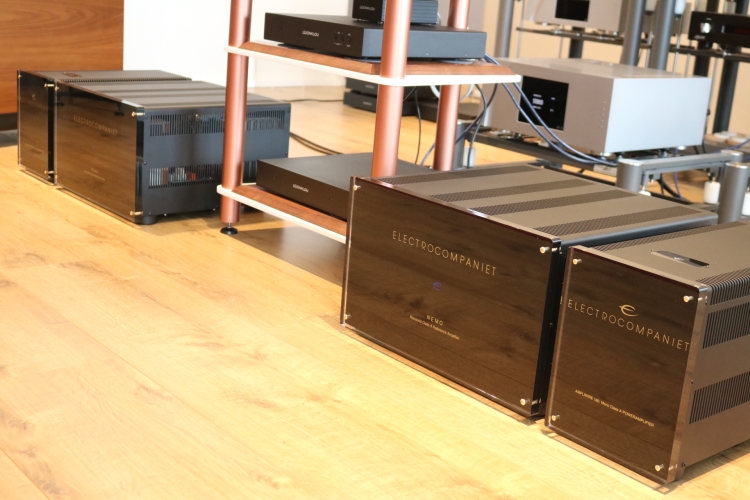
First Impression
Class A or not, based on their appearance and information from others, I was kind of expecting a rich and voluptuous sound much like a stereotypical Class A amplifier but this is not what is served here. The Electrocompaniet 180’s and 600’s are both very even-handed in their delivery. Not bright, not dark, not slow and not too fast, not smooth or warm but also not cool or clinical. The timbre is very natural and convincing and there is absolutely no electronic signature here, not even in the least. The bass is solid and confident and tonally full without becoming slow or thick. By these descriptors, they seem to thread a perfect middle road and while that is indeed the case, the amps are not necessarily universally applicable. In order to get the best result, they need to be partnered with well-matching loudspeakers. But that goes for many products and when the partnering is synergistic then they provide a non-fatiguing yet impactful and super-engaging musical ride. What follows is a description of how they work with various speakers.
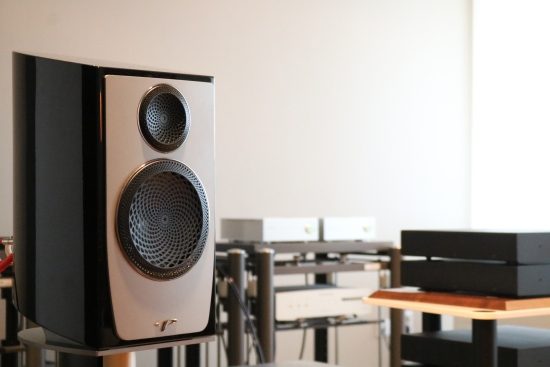
Paradigm Persona B
Starting with the CH Precision C1 DAC’s output directly into the power amps, the Electrocompaniets make the Paradigm Persona B’s sound very powerful and with deeper and fuller bass than most of the alternative amps. They don’t quite have the CH A1.5’s tightness and articulation or the Lejonklou Tundra’s nuance and fluidity. On the other hand, none of the other amps have the Electrocompaniet’s body and tonal fullness. Great tonality aside, with speakers so utterly refined and transparent as the Persona B’s, it becomes evident that low-level detailing is not these amps’ strongest aspect, nor is treble air. Macro-dynamically, however, these amps are absolutely unphasable. They relay large dynamic swings with a seemingly infinite power reserve. In spite of the amps’ impressive power, however, there is also a certain sense of restraint in terms of lyricism and musical flow and I don’t find that the overall delivery with these speakers is very lively.
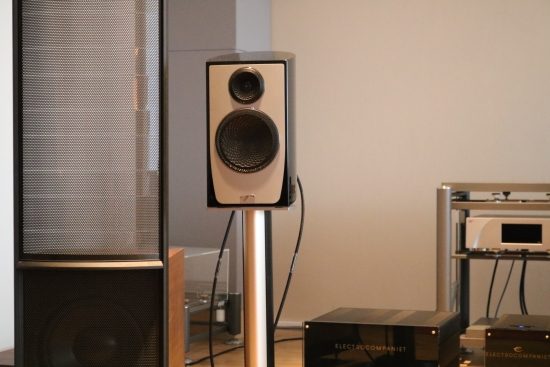
I think this has its source primarily in the amplifier’s enormous control, apparently too much of it for these speakers. When combined with analytical speakers that are extremely linear and transparent as well as very controlled themselves, such as the Paradigms, this can result in a relatively flat and uninspiring sound that doesn’t involve the listener as much as it should. Perhaps counter-intuitively, the 24-watt Lejonklou Tundra, which is softer and gentler, does sound more lively even if it doesn’t have the Electrocompaniet’s full tonality, midrange prominence or bass solidity.
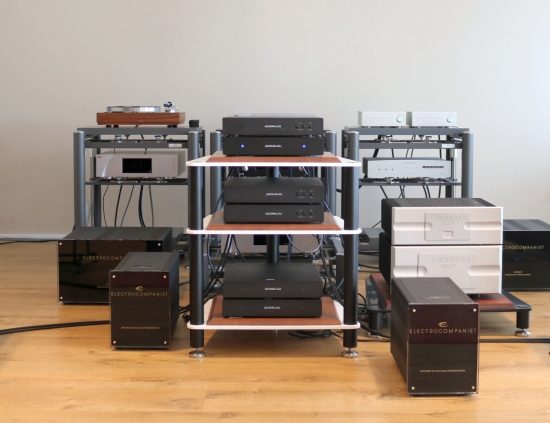
Complete Lejonklou stack in the Artesania Modular rack: Sagatun stereo and Sagatun mono preamps and Tundra stereo and Tundra mono power amps. Around it, a flock of Bryston and Electrocompaniet amplifiers.
A change to another brand that makes very powerful amps provides some more perspective. The Bryston 4B and 14B Cubed both don’t have the same measure of midrange communication, as tight a grip on the bass, or as full-bodied timbre as the Electrocompaniets but their smoother and more relaxed delivery makes for a more involving listen with the very neutral Paradigms.
Between the Electrocompaniet AW180 and the AW600 Nemo, paradoxically, the latter provided the most lively and engaging sound. Even if the Nemos are more than twice as powerful, they don’t sound overly controlled and rather have more bounce in their delivery and an overall more energetic sound.
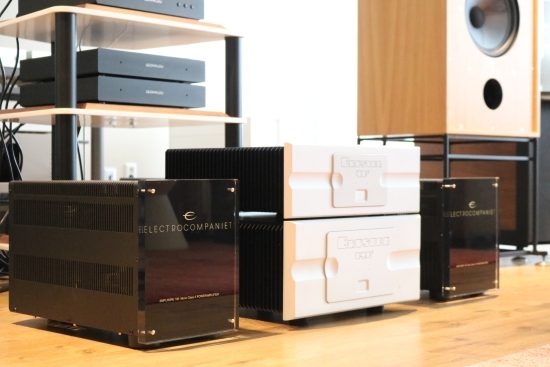
So far, the amplifiers were driven directly from the CH Precision C1 DAC using its hybrid analog/digital volume control which is arguably also a pretty “unforgiving” setup. When adding an analog preamp in the shape of the Lejonklou Sagatun dual mono or even the stereo version, at first, a subtle softening is noted along with a less apparent solidity. But along with this comes a very pleasant subtlety and fluidity and once having become accustomed to the more relaxed delivery, the Electrocompaniet does indeed work much more synergistically with the Paradigms. This seems to confirm my suspicion that these amps like to be partnered with less analytical components and speakers.
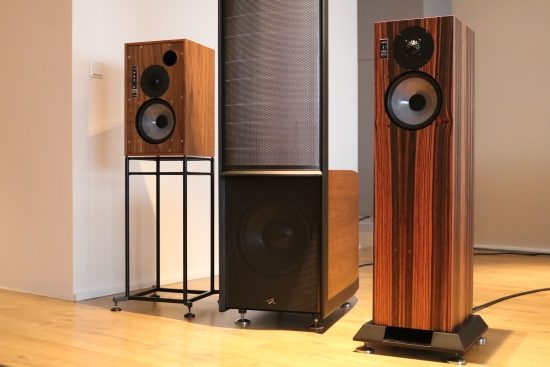
Graham Audio LS5/9 and LS5/9f
Keeping the Lejonklou Sagatun preamp in place but swapping to another set of speakers while using the AW600 Nemos, the result is now pretty much the inverse of the Paradigms! With the Graham Audio speakers, the sound is big, solid, and confident as well as free-flowing, highly involving, and emotionally captivating. This really is a sound to be immersed in and forget all about time passing. Another comparison with the Bryston 4B or 14B Cubed amps confirms that the Electrocompaniets have nothing to fear in the bass department, either. And since Brystons are widely regarded as being bass-champs, that’s saying something. I’d even say that the Electrocompaniets have more upper-bass slam and -solidity than either of the Brystons along with a more highly communicative quality in the midrange.
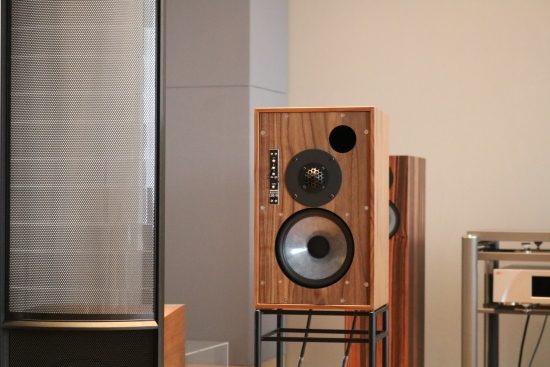
What’s worth noting is that pretty much throughout my listening tests, the Electrocompaniet amps seem to work best with an analog preamp (in this case the Lejonklou), otherwise sounding a little bit too factual when fed directly by the C1 DAC. The Brystons have a different point of operation and are happy to work directly with the C1 DAC directly or via a preamp. In terms of resolution, the two brands are not far off but the tonality and character in the midrange are very different. In a nutshell, the Electrocompaniets are darker and acoustically very convincing, the Brystons a little brighter and cleaner and perhaps even more neutral but arguably also cooler in spite of their more relaxed (less controlled) smoothness.
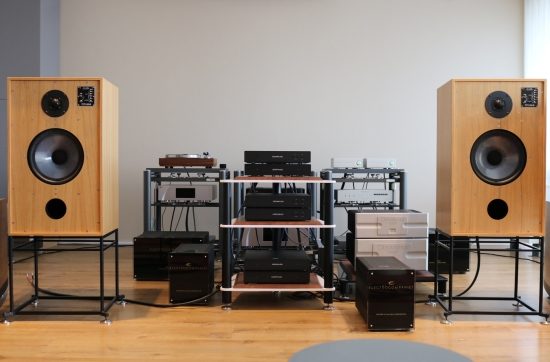
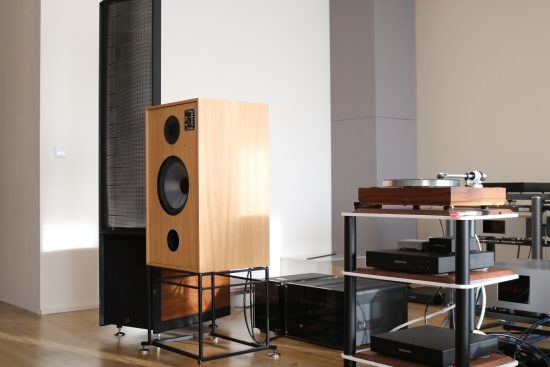
As part of the Graham Audio review (forthcoming), I also listened to the positively huge LS5/8’s. As this review is already getting long, suffice to say that with these models, too, the Electrocompaniet AW600 Nemos proved to be the perfect partners.
The bridged Bryston 14B improves on the 4B’s sound in a similar way as the Nemos improve on the AW180’s although the 14B is not quite as smooth and liquid as the 4B, making the 14B also a little bit more factual. The Nemos, on the other hand, improve on the AW180’s across the board, even in terms of emotional satisfaction.
One can argue over transparency and resolution and I certainly have a tendency to get stuck on this but this really is only part of the performance. With the Grahams, I find that the Electrocompaniets, and then especially the AW600 Nemos, provide the most outgoing, engaging and simply most fun performance. They really have a way with these speakers that simply communicates music in such a grand way that it makes me want to play more and more music while turning up the volume. Isn’t that the essence of what music should be about?
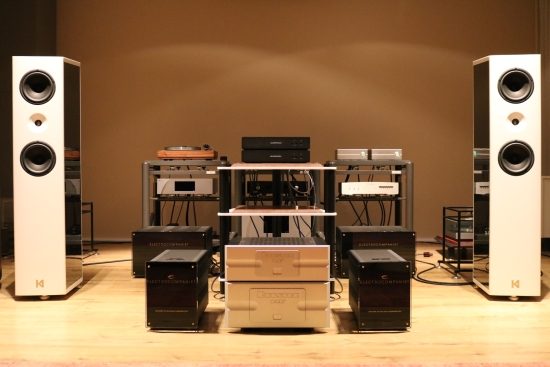
Kroma Audio Carmen
Although the CH Precision A1.5 is my favorite amplifier for the Kromas, the Brystons also work remarkably well. These speakers are quite rich-sounding themselves and for my tastes, they are best partnered with clean and articulate electronics. When judged in terms of resolution, tightness, and refinement, the Brystons are no CH, but the sound of this combination is neutral yet relaxed and a little smooth with enough resolution while being musically involving. It’s also a sound that, for better or for worse, does not really attract attention to itself.
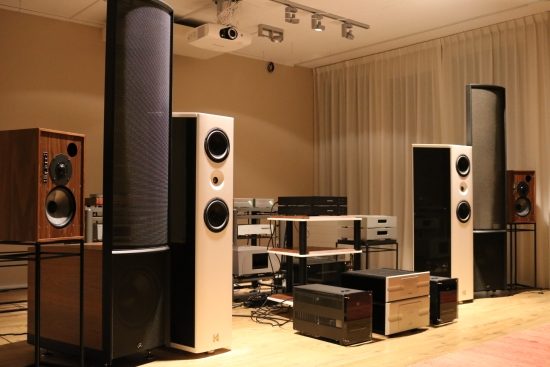
Switching to the Electrocompaniet AW180’s tightens up the Carmens’ lower bass while adding extra solidity to the upper bass and darkening the timbre a little. It’s perhaps a fuller sound than neutral, but not in a detractive manner, and the Kroma’s certainly appreciated the extra grip that the Electrocompaniets exert over the drivers. Most notable is the magic that now happens in the midrange. Mind you, this is not a “tube” kind of magic. It’s not a sweet or rich sound but rather a very lifelike, live-band-like communicative power that becomes ever more invigorating the longer (and the louder:-) you listen. Listening some more the next day, I noticed that I did not perceive the sound as slightly dark anymore and neither did I feel that the resolution was lacking. So, while subtlety and resolution are now no longer state of the art, when comparing directly to the CH or other amplifiers that excel in these areas, this is of less importance than it may seem at first. And, of course, different things matter to different people.
Switching to the AW600 Nemos confirmed what I already knew at this stage. Basically, if one is in the market for Electrocompaniet monos but the Nemos are outside of the available budget, then I strongly advise to not even listen to them. The AW180’s really are great in their own right and you will not know what is missing until a comparison is made with the AW600’s Nemos, at which point it will be immediately obvious why they are the King of the Electrocompaniet mountain. Lest one think that these are merely doubled-up versions of the AW180’s, while partially true, they are also redesigned.
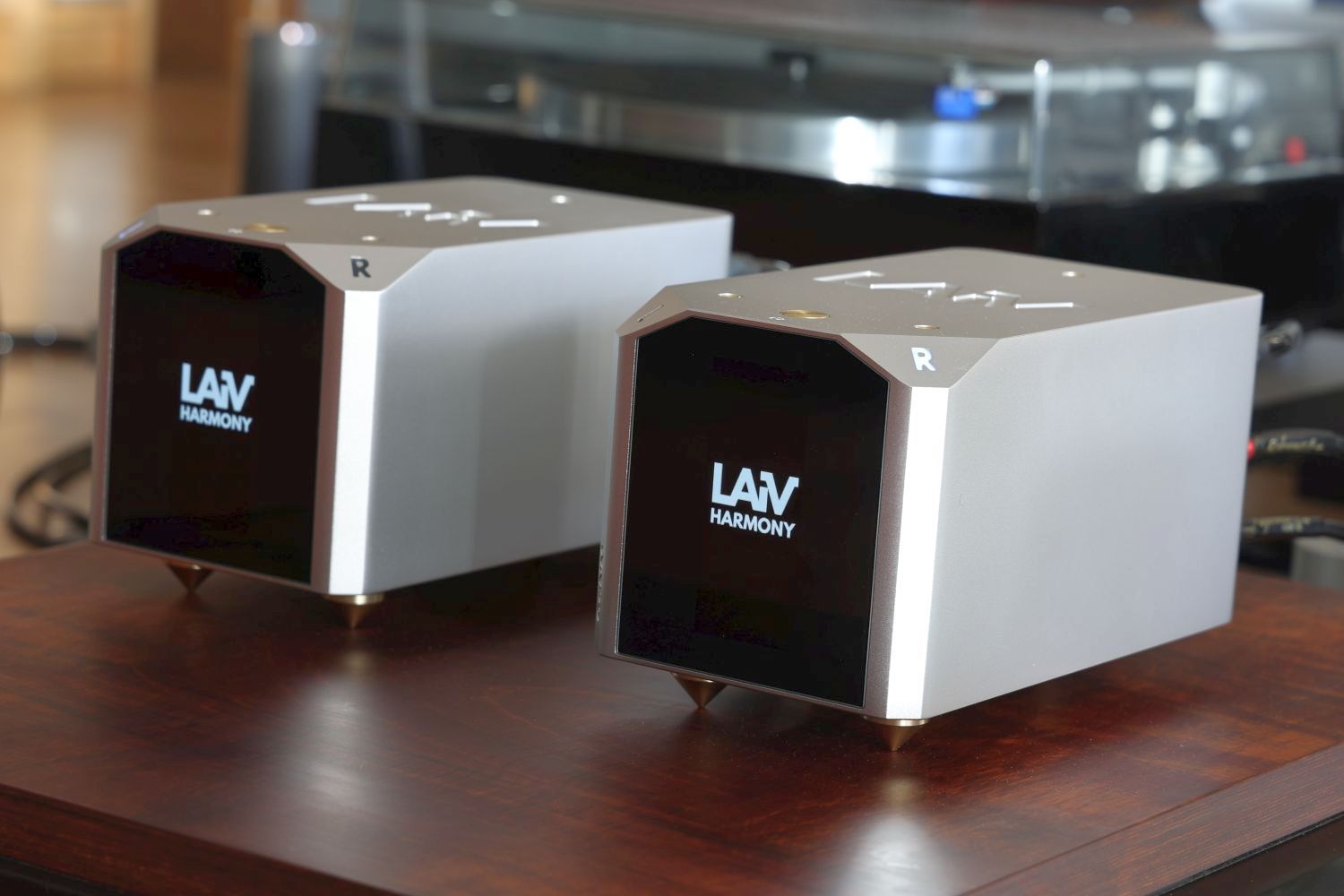
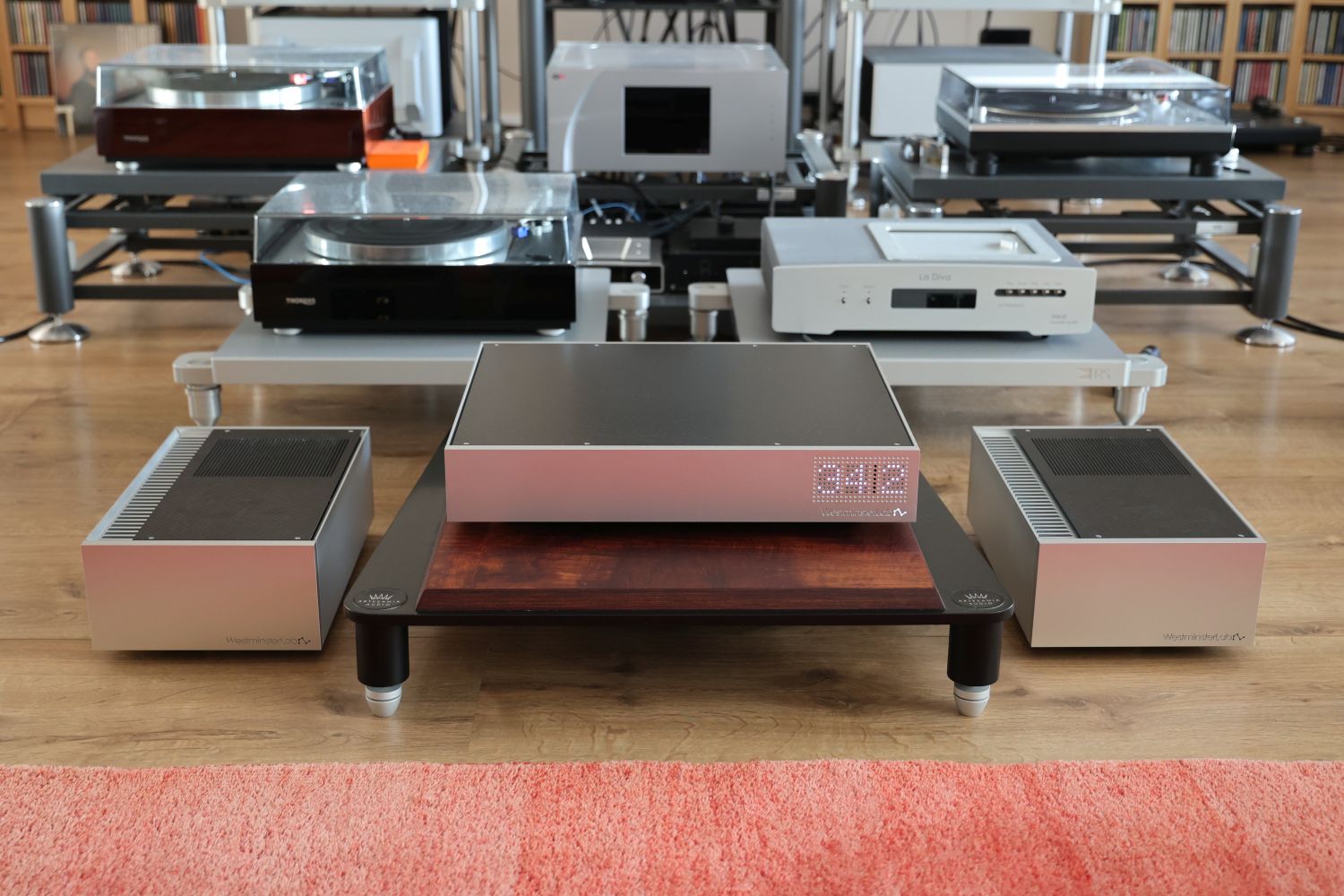
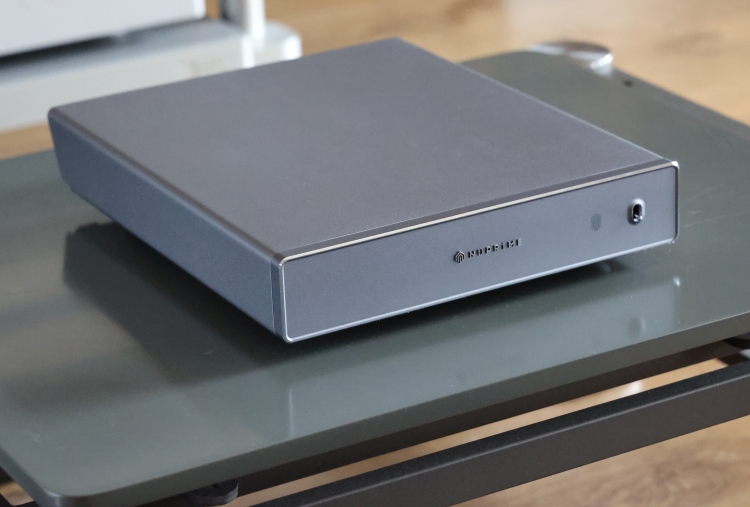
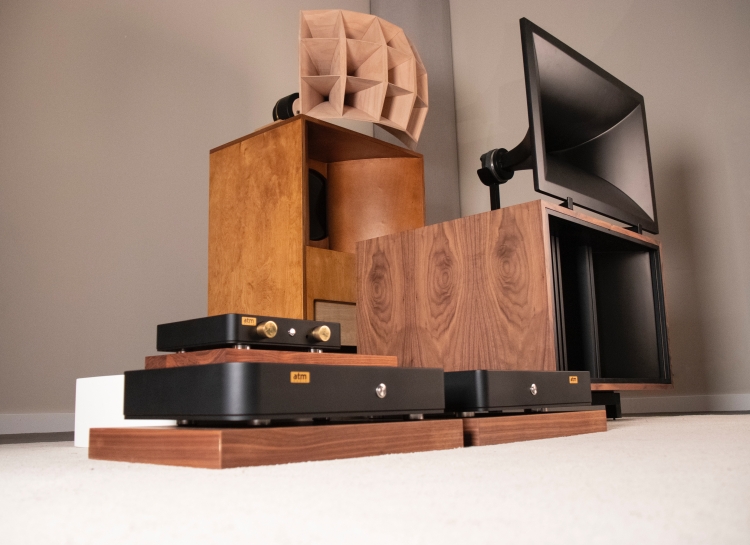
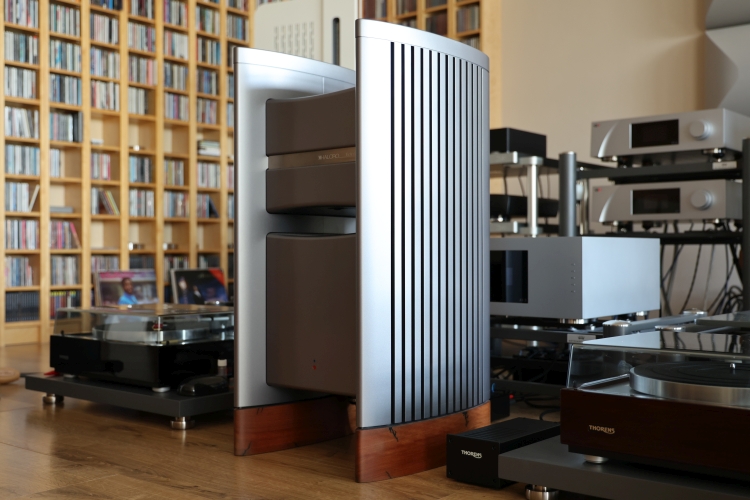
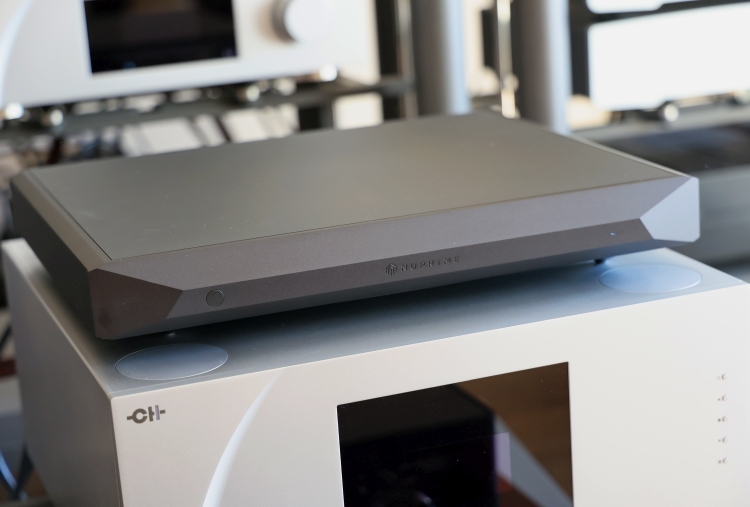
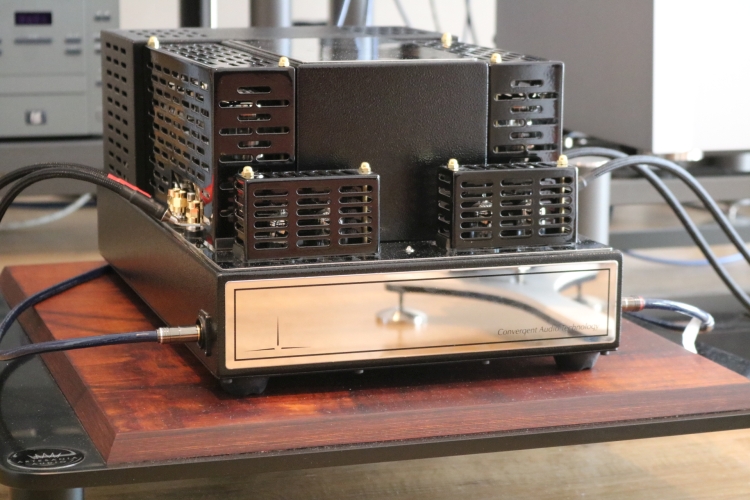
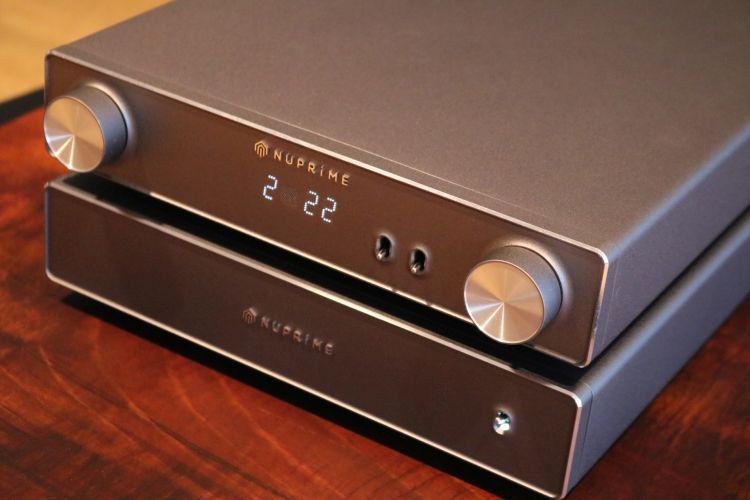
Thank you very much Christiaan for this very well and clear written review. As an AW180 user, with mainly Sonus Faber Guarneri Homage and sometimes ML Summit X, I recognise a lot of your observations. From a technical / historical side it might also be interesting to mention Dr Matti Otala on TIM-free transistor design.
Nice to hear that our experiences seem to match, Bert. I contemplated also getting into the TIM-free principle but the review is already long and it won’t add any value in terms of describing the sound.
I have to say this is a really useful three part review and your insights from the Electrocompaniet, Martin Logan, Depeche Mode combination are most welcome, Christiaan.
Glad to be helpful, Andrew!
Really great review!
Did you manage to listen to the AW400 as well? Would you say they sounds more like AW180 or AW600?
Thanks
Hi Peter, I did ask for the AW400 but it wasn’t available for review, hence the review of the AW180’s and AW600’s. Not having heard the AW400 I can only guess but my best guess is that it will be more similar to the AW180’s than the AW600’s.
Hi, Christiaan & having included the four amps in your review, the two Electrocompaniets and two Bryston ps, if you had to live with one, which one would it be and what would be a close second? A loaded question, I know, but, I am curious, as I have a 4b3 and the opportunity to buy an AW 180.
Thanks,
John
Hi John, it would depend entirely on the speakers that you will pair them with. That matter aside, I really wanted to like the AW180’s for their nice appearance and relatively friendly price but the AW600’s are simply better in all aspects. Since you’re asking what I would do personally given these 4 choices, I would opt for the most neutral amp and the one that works as consistently and with most speakers. That would be the more neutral Bryston 4B SST. However, I should also note that I like the 3B SST even more. It may be a “baby” Bryston but it’s the most even-handed, most neutral and most communicative of the bunch. Finally, all that said, the AW180’s may still be good candidates for you if you want more direct and physical (as opposed to smooth) upper bass and a fuller, more concreted, tonality in the midrange.
Thank you, Christiaan, for your prompt and informative response! I have power hungry Dahlquist DQ10’s that seem to respond quite well to the 4b3 and given the added cost of the 180’s and near astronomical cost of the Nemo’s, perhaps it’s best I remain satisfied!
Again, thank you!
Hello Christiaan,
I am a bit late to the show but read your review with joy. Very comprehensive as well as informative and well written.
I just bought the Nemos from a l0cal dealer and was wondering if they really come with basic 3€ power cords. Mine just like cheap cords for a toaster with no signs that they are made for or by electrocompaniet.
Thanks for letting me know.
Greetings Elderin
Hi Elderin, I can’t recall what power cables were supplied with these amps but having had tons of equipment over for review I can confirm that it is very rare for there to be anything other than a standard no-name brand cable in the box, even with CH Precision et al. At best, there may be a Belden, but even that’s become rare.
I see. Tx for your reply.
Have a good 2021 ?
Sorry, one more question. Hope you can help.
I hear a little bit of hum coming from both mono blocks. It is clearly audible within 3m. Also there is a tiny bit of that also coming from the speakers. In one a bit more than the other.
9am really concernt about that. Is that normal ? My room is pretty small, not what one would normally put such big amps in, about 12qm. So maybe it is normal but I did not hear any noise coming from other amps I owned.
When I put the pre amp on the noise in the speakers is almost completely elimated but the hum from the amps is constant even independent from volume level. It does not get louder or more quiet. I am not shure what the manufacturer would answer. Maybe something like this is within quality control or something so i prefer an honest independ answer. Thank you once again.
Greetings Elderin
Mechanical hum comes from transformers that vibrate according to the mains frequency. This is quite common and can even vary between left and right amps of the same make and model. You should not hear hum from the speakers unless this is induced by unsufficiently shielded cables or other external factors.
Hi Christiaan, I am thinking about one point in your review. You mentioned, the Electrocompaniet amplifiers need quite some volume to shine. Did you detect this finding when connected to DAC only? Did you have the same findings when an analogue preamp was connected? In the past, I made very good experience with the Electrocompaniet ECI 6 (of course different price point). In fact, I did not feel that I had to turn up the volume. Now, I am thinking about the all new Electrocompaniet 800m
Hi Oliver, that review was done with the C1 DAC as a source. Although I later added the L1 preamp, this is not done because the DAC lacked power or drive or any kind of dynamics or presence at low volume. The preamp did add finesse, fluidity, and increased resolution.
Both the Kromas and Logans are very easy to drive. I think maybe the Electrocompaniet amps may also be happier when doing a little more work, ie, driving more demanding speakers. With mine, they were probably basically idling most of the time, until pushed.